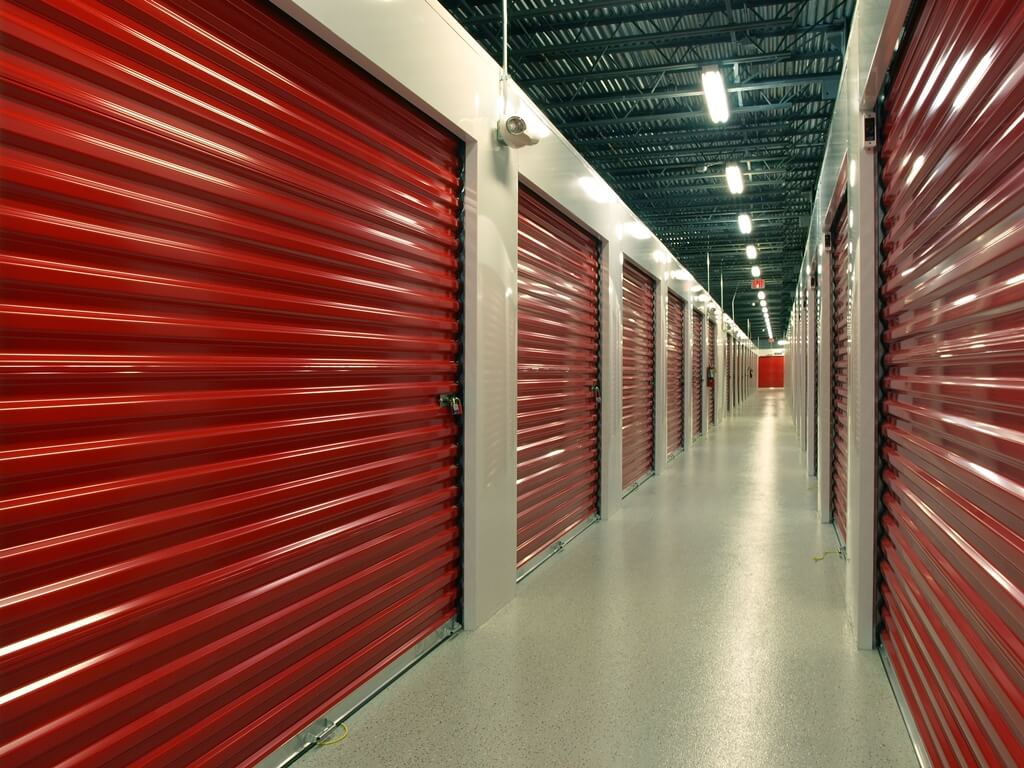A flood of new supply is crimping growth in the self-storage sector
The party is coming to an end in the self-storage business.
For most of the current economic expansion, the sector has been beating all other major commercial property types in earnings growth and stock performance. Real-estate investment trusts like Life Storage Inc., Extra Space Storage Inc. EXR +0.83% and Public Storage have been able to push through stratospheric rent increases thanks partly to the scant supply of new development.
But growth is slowing as markets get flooded with new supply. Earnings are still increasing, but no longer at the double-digit rates many companies enjoyed between 2010 and 2015.
Stock valuations, meanwhile, are falling back to earth. Self-storage companies are trading at a 2% discount to the estimated market value of the properties they own, compared with an average 16% premium over the past five years, according to Green Street Advisors.
Self-storage company executives point out that the business remains prosperous and continues to hold its own against other property types. The only major REIT sector trading more favorably is industrial, which is trading at a 4% premium to asset value. Malls and office REITS are trading at discounts of 13% and 9%, respectively, Green Street says.
“When you have five or six blowout years and you get back to normal, it just looks slow,” said David Rogers, chief executive of Buffalo-based Life Storage, which has 700 facilities in 28 states.
But the supply pipeline is expected to stay fat for some time. “We are seeing few signs of a slowdown in new projects,” said Baird Equity Research in a report published in late November.
Demographic trends, meanwhile, raise concerns about the strength of future demand. Aging baby boomers can be expected to absorb a lot of new supply as they leave large houses for smaller apartments. But household formation has generally been slow in the U.S. economy. Also, urban-living millennials have tended to accumulate less stuff than their parents up until now.
“When you live in urban settings, you live small,” Mr. Rogers said.
Mr. Rogers and others said they see signs millennials are beginning to form families, move to the suburbs and accumulate patio furniture, pool toys and the other items that ultimately seem destined for self-storage. “We missed a five-to-six-year period, but we’re catching up,” Mr. Rogers said.
The self-storage business generally has enjoyed strong growth over the years thanks to the emotional and occasionally nonsensical love affair between Americans and their stuff. Once people rent out a unit they become a captive audience for rent increases.
“This is why it’s such a great property type,” said R.J. Milligan, a Baird analyst. “Say you’re paying $100 a month and they increase your rent $5—which in commercial real estate is a significant increase. You’re not going to move your stuff on a Saturday to a place that’s charging $95.”
The biggest self-storage companies have adopted a wide range of new technologies such as data analytics and search-engine optimization to find and keep customers. “Our ability to outperform the mom-and-pop [self-storage facilities] has gotten bigger and bigger,” said Joseph Margolis, chief executive of Extra Space, a Salt Lake City-based REIT that operates more than 1,500 properties.
Continue reading full article on The Wall Street Journal.



